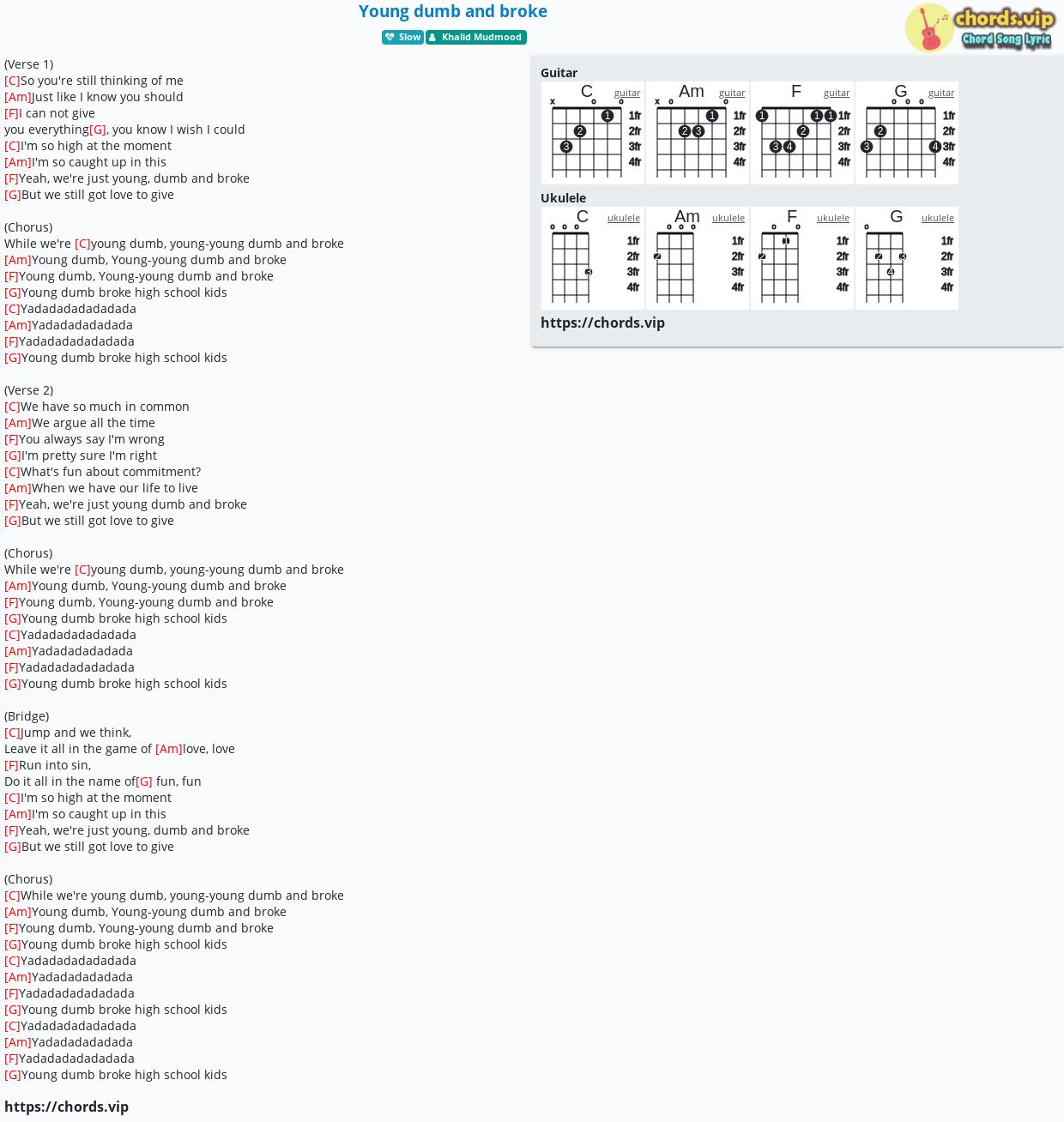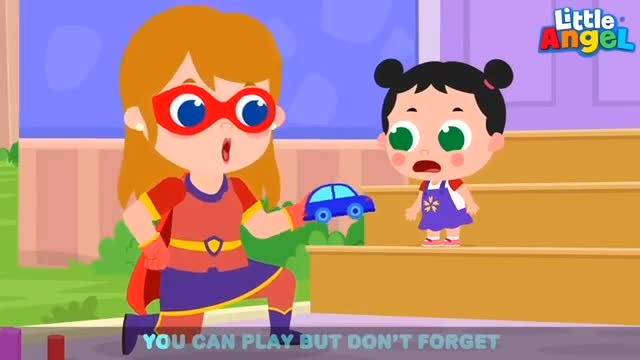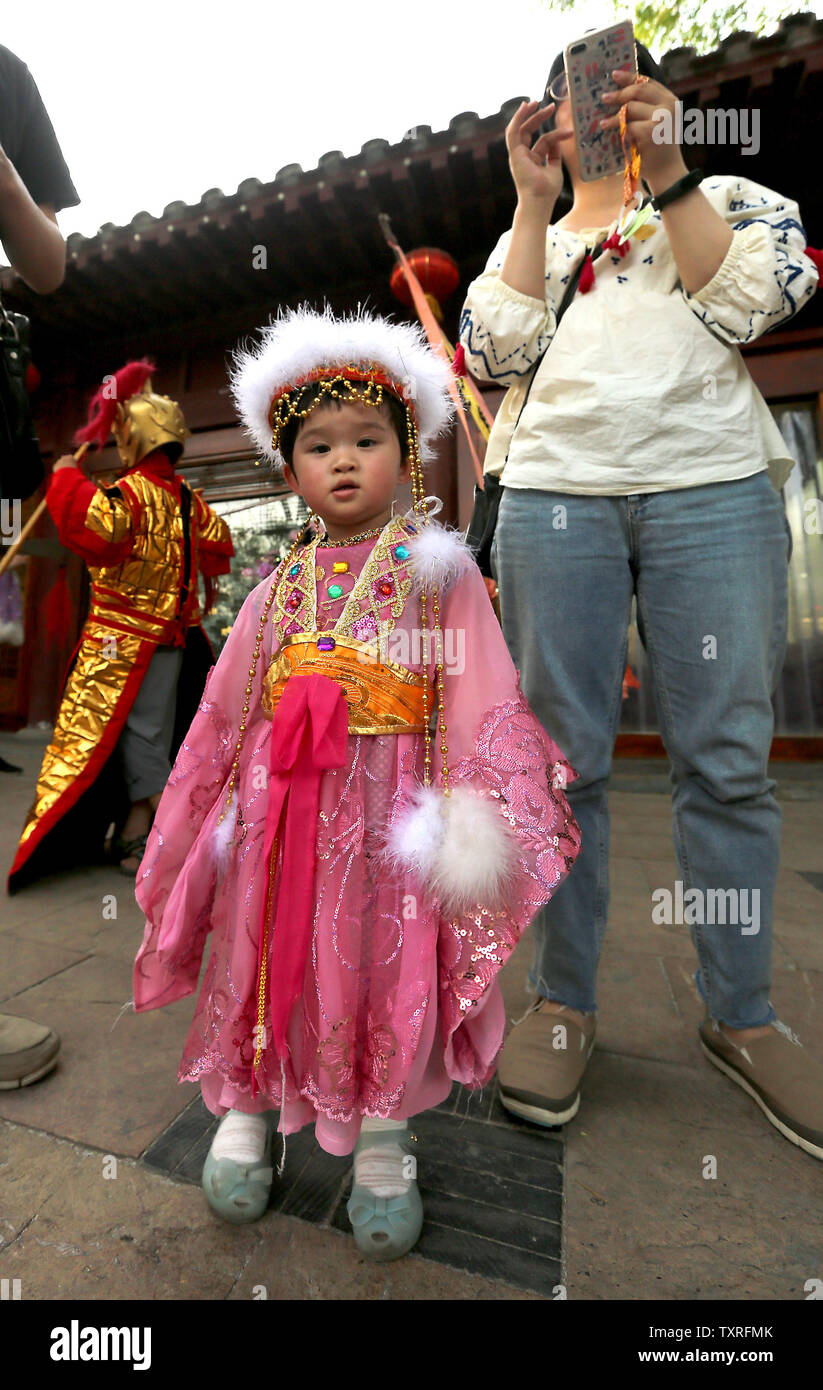
The first English collections were Tommy Thumb's Song Book and a sequel, Tommy Thumb's Pretty Song Book, both thought to have been published before 1744, and at this point such songs were known as "Tommy Thumb's songs". Some rhymes are medieval or sixteenth-century in origin, including " To market, to market" and " Cock a doodle doo", but most were not written down until the eighteenth century, when the publishing of children's books began to move towards entertainment. However, most of those used today date from the seventeenth century onwards. Many medieval English verses associated with the birth of Jesus (including " Lullay, my liking, my dere son, my sweting") take the form of a lullabies and may be adaptations of contemporary lullabies. The Roman nurses' lullaby, "Lalla, Lalla, Lalla, aut dormi, aut lacte", may be the oldest to survive. The oldest children's songs of which we have records are lullabies, which can be found in every human culture. The term nursery rhyme is used for "traditional" songs for young children in Britain and many English speaking countries but this usage dates only from the nineteenth century, and in North America the older Mother Goose rhyme is still often used. They can be seen to have arisen from a number of sources, including: Many of these imitate the form of nursery rhymes, and a number have come to be accepted as such. In addition, since the advent of popular music publication in the nineteenth century, a large number of songs have been produced for and often adopted by children. Playground or children's street rhymes they sub-divided into two major groups: those associated with games and those that were entertainments, with the second category including


The Opies further divided nursery rhymes into a number of groups, including In practice none of these categories is entirely discrete, since, for example, children often reuse and adapt nursery rhymes, and many songs now considered as traditional were deliberately written by adults for commercial ends. A further use of the term children's song is for songs written for the entertainment or education of children, usually in the modern era. Iona and Peter Opie, pioneers of the academic study of children's culture, divided children's songs into two classes: those taught to children by adults, which when part of a traditional culture they saw as nursery rhymes, and those that children taught to each other, which formed part of the independent culture of childhood.


3 Children's playground and street songs.


 0 kommentar(er)
0 kommentar(er)
